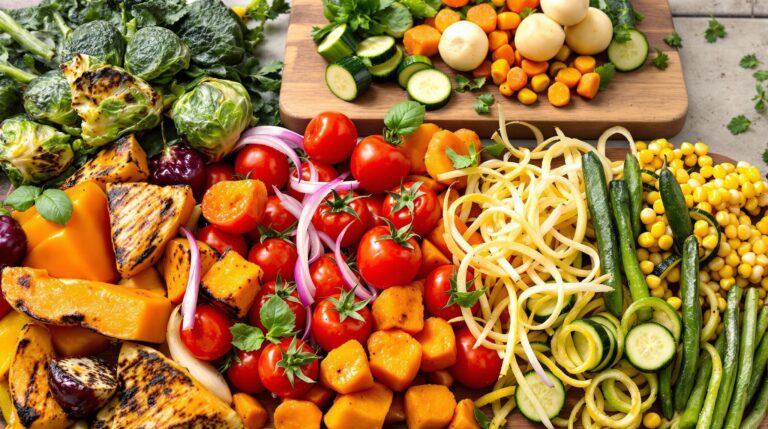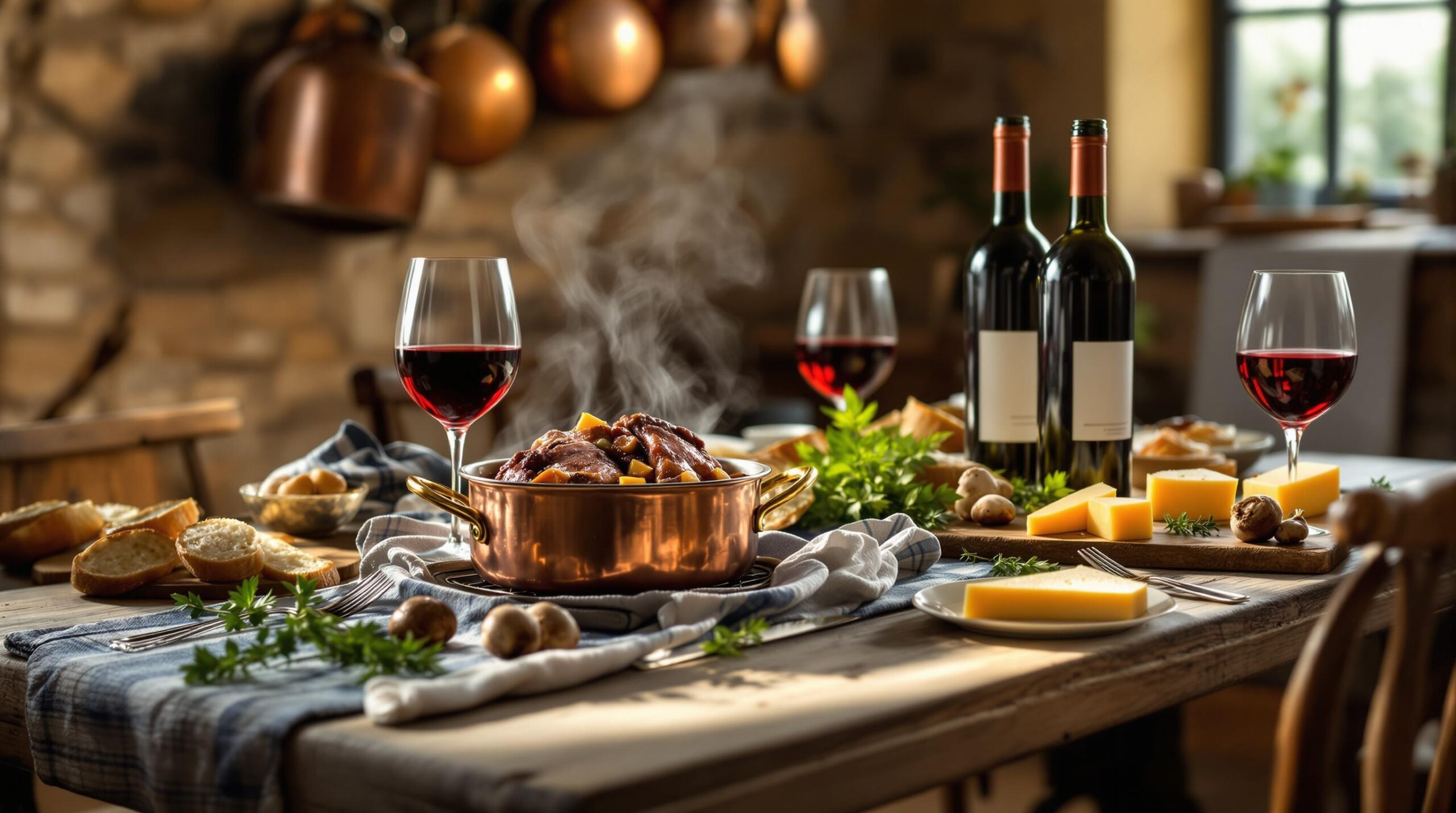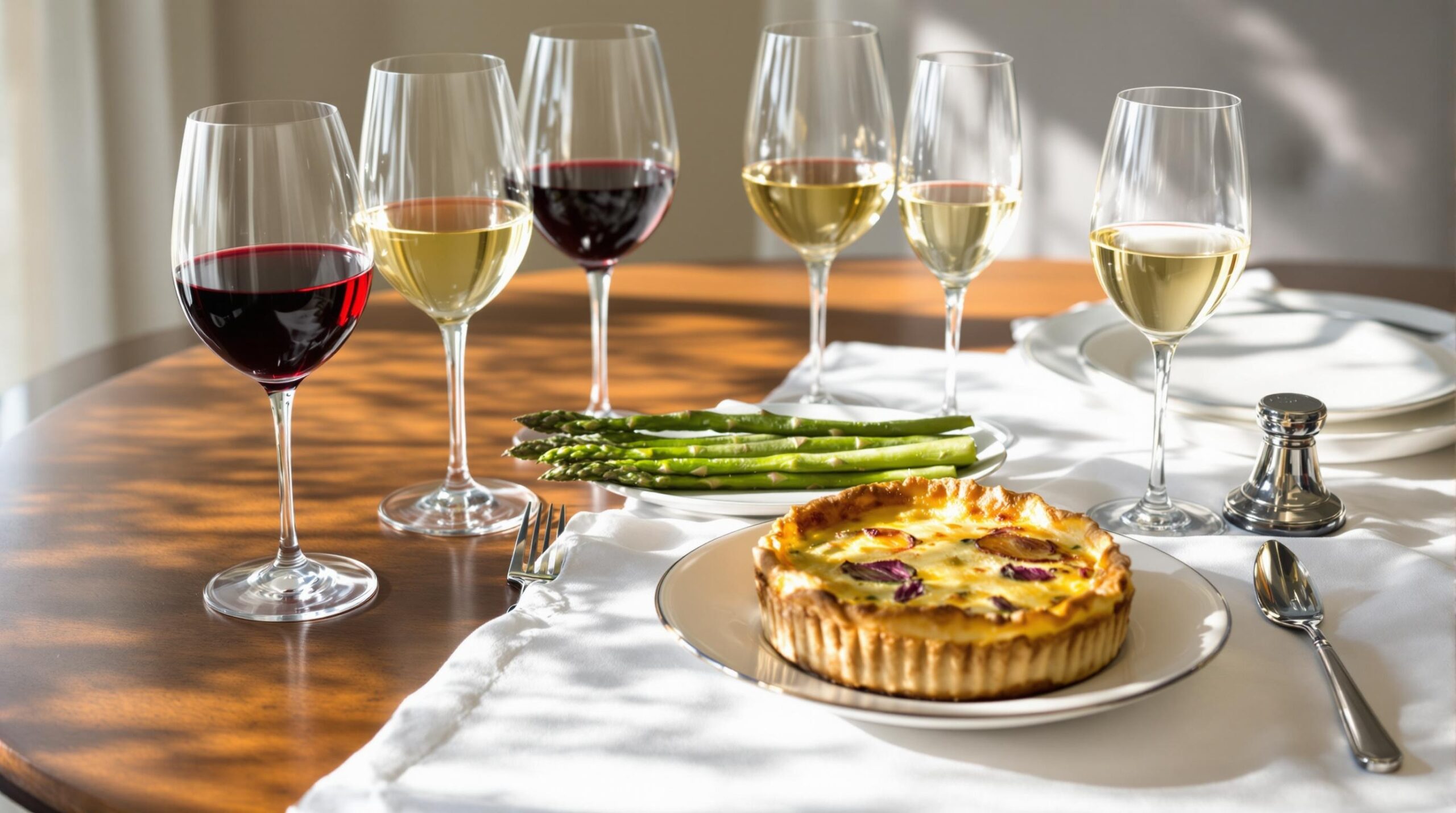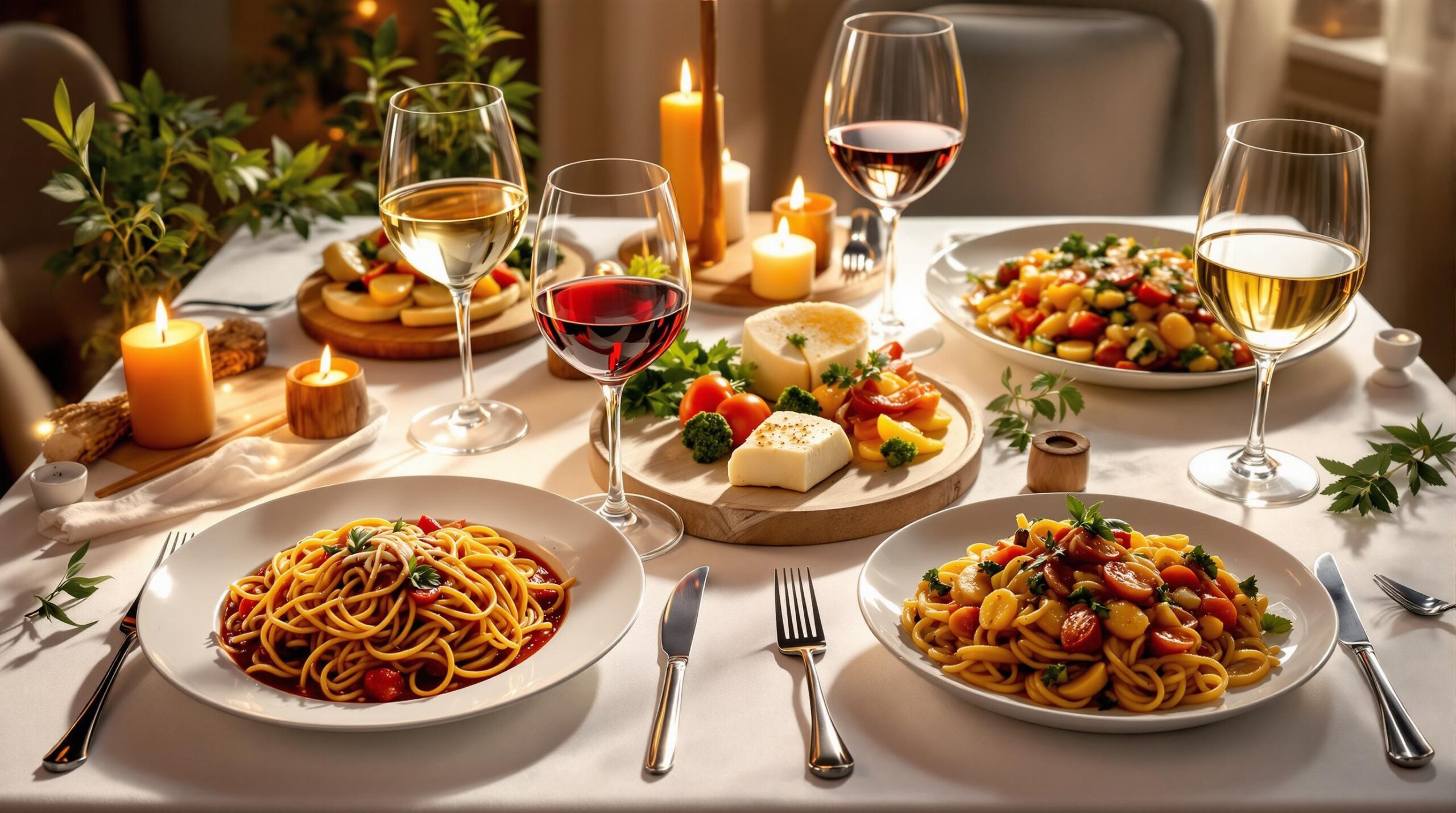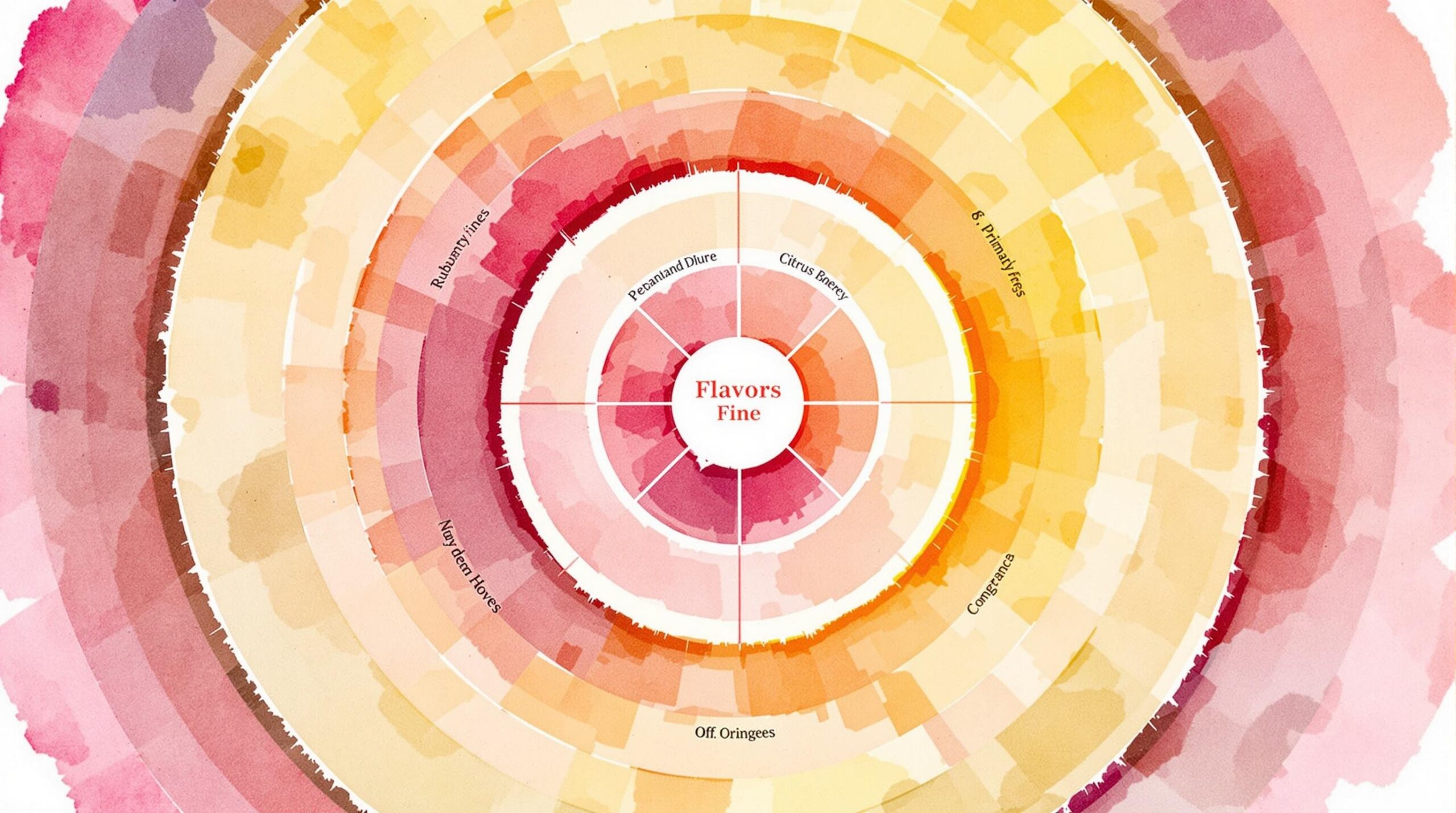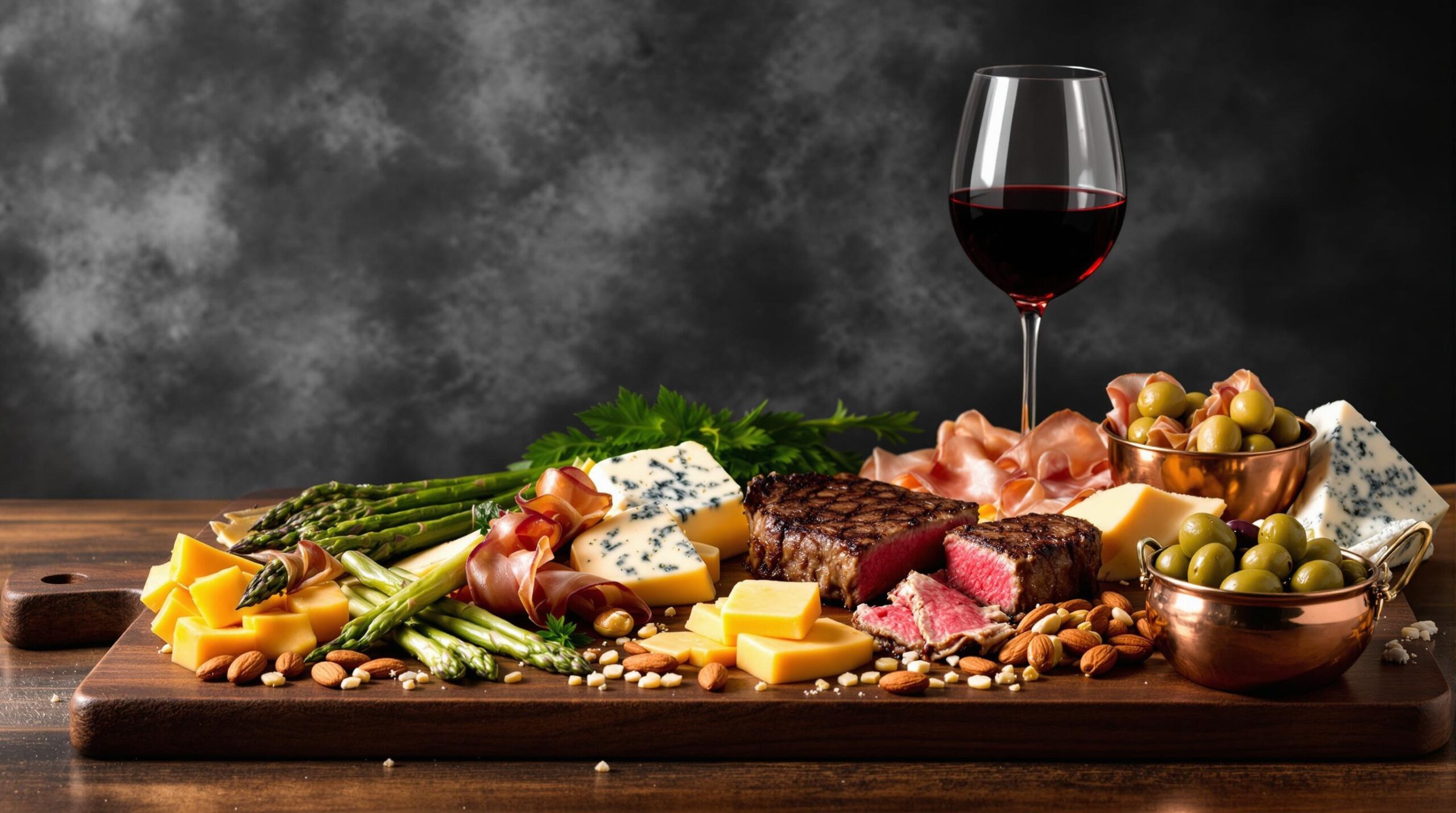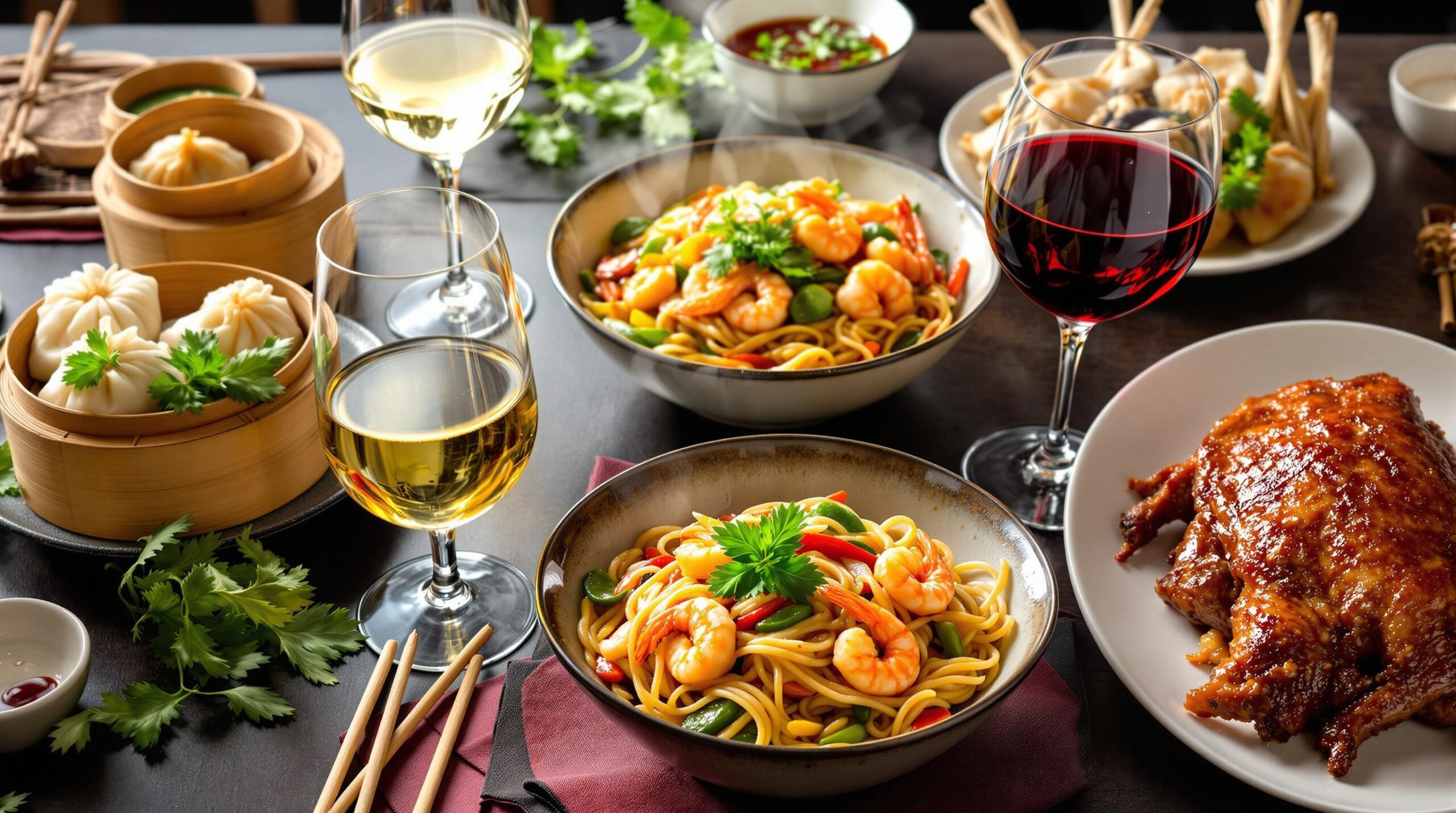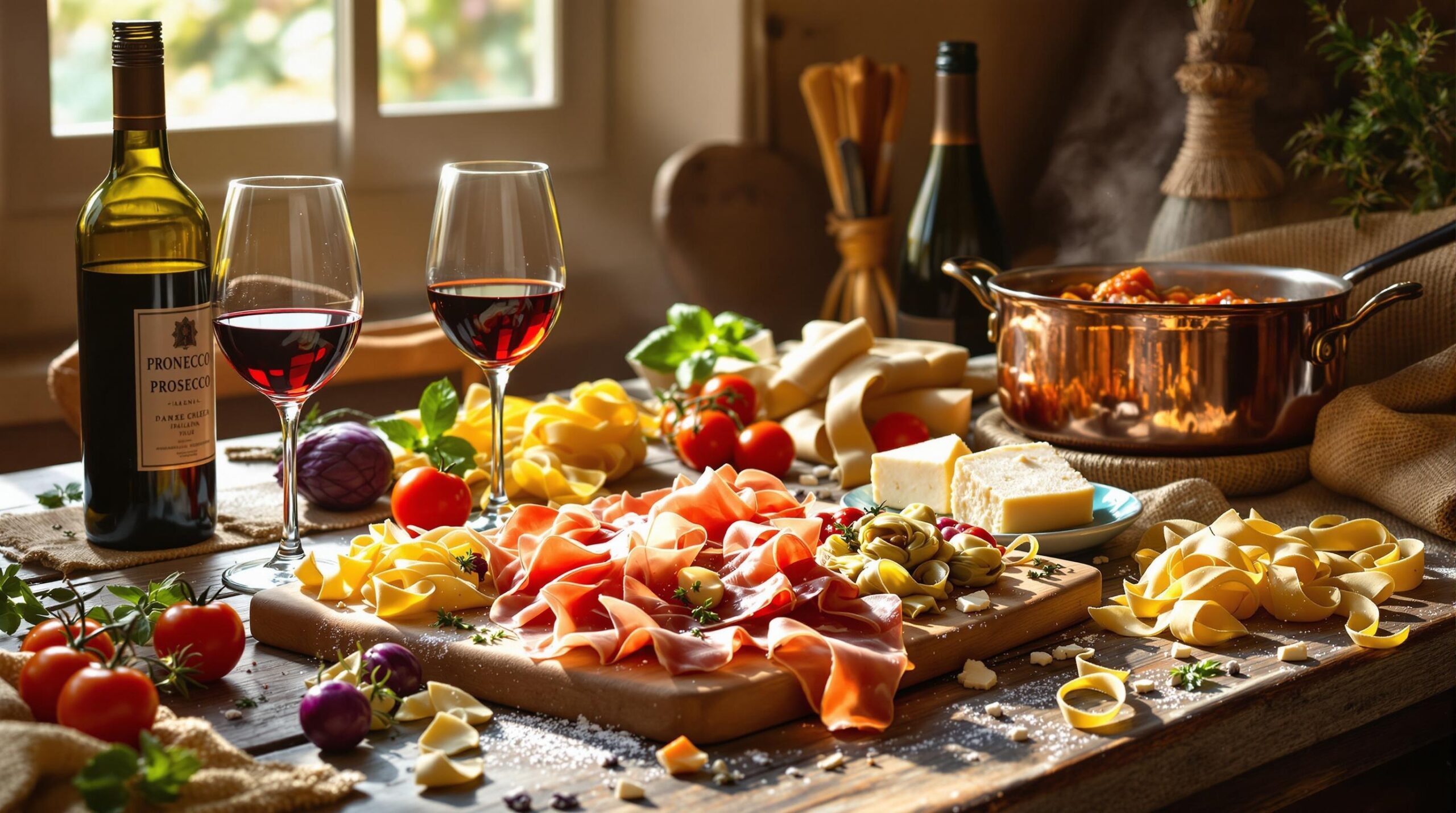Looking for new ways to elevate your veggie dishes? Understanding how vegetables complement each other is key to creating memorable, balanced meals. This quick guide covers essential pairings and flavor-building techniques.
Basic Principles of Vegetable Combinations
Successful vegetable pairings rely on three main factors: texture, flavor intensity, and cooking methods. Combine crispy with soft textures, and match mild vegetables with bolder ones for balanced dishes.
- Texture combinations: crispy + creamy
- Flavor profiles: sweet + bitter
- Cooking time compatibility
Classic Vegetable Combinations That Work
These time-tested pairings form the foundation of many cuisines worldwide:
| Primary Vegetable | Complementary Vegetables |
|---|---|
| Tomatoes | Bell peppers, onions, garlic |
| Carrots | Peas, parsnips, onions |
| Broccoli | Cauliflower, carrots, mushrooms |
Seasonal Pairing Strategies
Vegetables growing in the same season naturally complement each other. Spring combinations like asparagus and peas offer fresh, light flavors, while fall pairings like squash and root vegetables create hearty, warming dishes.
Spring/Summer Combinations:
- Zucchini + tomatoes + basil
- Corn + bell peppers + green beans
- Cucumber + radish + spring onions
Fall/Winter Combinations:
- Brussels sprouts + butternut squash
- Kale + sweet potatoes
- Parsnips + carrots + turnips
Cooking Methods That Elevate Vegetable Combinations
Different cooking techniques can transform vegetable pairings from basic to extraordinary. Roasting intensifies natural sweetness, while quick-sautéing preserves crisp textures.
Recommended Cooking Techniques:
- Roasting: Root vegetables, Brussels sprouts, cauliflower (375-400°F)
- Grilling: Eggplant, zucchini, bell peppers
- Steam-sautéing: Leafy greens, broccoli, snap peas
Wine Pairings for Vegetable-Forward Dishes
Match wine characteristics with vegetable preparation methods and dominant flavors.
| Vegetable Dish Type | Wine Recommendation |
|---|---|
| Roasted root vegetables | Light to medium-bodied red (Pinot Noir) |
| Grilled Mediterranean vegetables | Crisp white (Vermentino, Assyrtiko) |
| Fresh garden salads | Light, acidic white (Sauvignon Blanc) |
Troubleshooting Common Vegetable Pairing Mistakes
Address frequent challenges in vegetable preparation and combination.
Common Issues and Solutions:
- Uneven cooking times: Cut slower-cooking vegetables smaller
- Texture imbalance: Combine one crispy element with softer vegetables
- Flavor overload: Pair one strong-flavored vegetable with milder ones
- Moisture control: Salt watery vegetables before cooking
Essential Tips for Successful Vegetable Combinations
Master vegetable pairings through practical application and experimentation.
Key Takeaways:
- Season throughout cooking, not just at the end
- Consider color combinations for visual appeal
- Balance nutrients by mixing different vegetable families
- Keep it simple: Start with 2-3 vegetables per dish
- Respect seasonality for best flavor and value
Remember to document successful combinations and adjust seasoning based on specific vegetables used.
10 Common Questions About Vegetable Pairings
What vegetables work well together in stir-fries?
Combine quick-cooking vegetables like bell peppers, snap peas, and mushrooms. Add longer-cooking vegetables like carrots and broccoli first, followed by tender items like bean sprouts.
Which vegetables complement root vegetables?
Root vegetables like parsnips and carrots pair well with leafy greens like kale or Swiss chard. The earthiness of roots balances the slight bitterness of greens.
What vegetables go well with tomatoes?
Tomatoes pair naturally with eggplant, zucchini, and onions. This combination forms the base of many Mediterranean dishes like ratatouille.
How can I pair vegetables for grilling?
Choose vegetables with similar cooking times: corn, peppers, and zucchini work well together. Portobello mushrooms and eggplant make another excellent grilling combination.
Which vegetables work in raw salad combinations?
| Base Vegetables | Complementary Add-ins |
|---|---|
| Lettuce varieties | Cucumber, radish, carrots |
| Cabbage | Bell peppers, onions, celery |
What vegetables pair well for roasting?
Root vegetables like potatoes, carrots, and parsnips roast beautifully together. Add Brussels sprouts or cauliflower for variety in texture.
How should I pair vegetables for soup?
- Mirepoix base: carrots, celery, onions
- Add-ins: peas, corn, green beans
- Leafy finish: spinach, kale
Which vegetables complement each other in pasta dishes?
Combine mushrooms, spinach, and sun-dried tomatoes for rich flavor. Alternatively, mix broccoli, carrots, and snap peas for added crunch.
What vegetable combinations work for steaming?
Steam broccoli, cauliflower, and carrots together. Layer vegetables with longer cooking times at the bottom of the steamer basket.
How do I pair vegetables for sheet pan meals?
Group vegetables by cooking time: potatoes and carrots (30-40 minutes), broccoli and Brussels sprouts (20-25 minutes), asparagus and cherry tomatoes (10-15 minutes).
Tips for Successful Vegetable Pairing
- Consider cooking times and adjust cutting sizes accordingly
- Match textures: combine crispy with soft vegetables
- Balance flavors: pair mild vegetables with stronger-flavored ones
- Use seasonal combinations for best flavor and value
- Consider color combinations for visual appeal
When experimenting with vegetable pairings, start with classic combinations and gradually introduce new variations. Keep notes on successful combinations for future reference.

